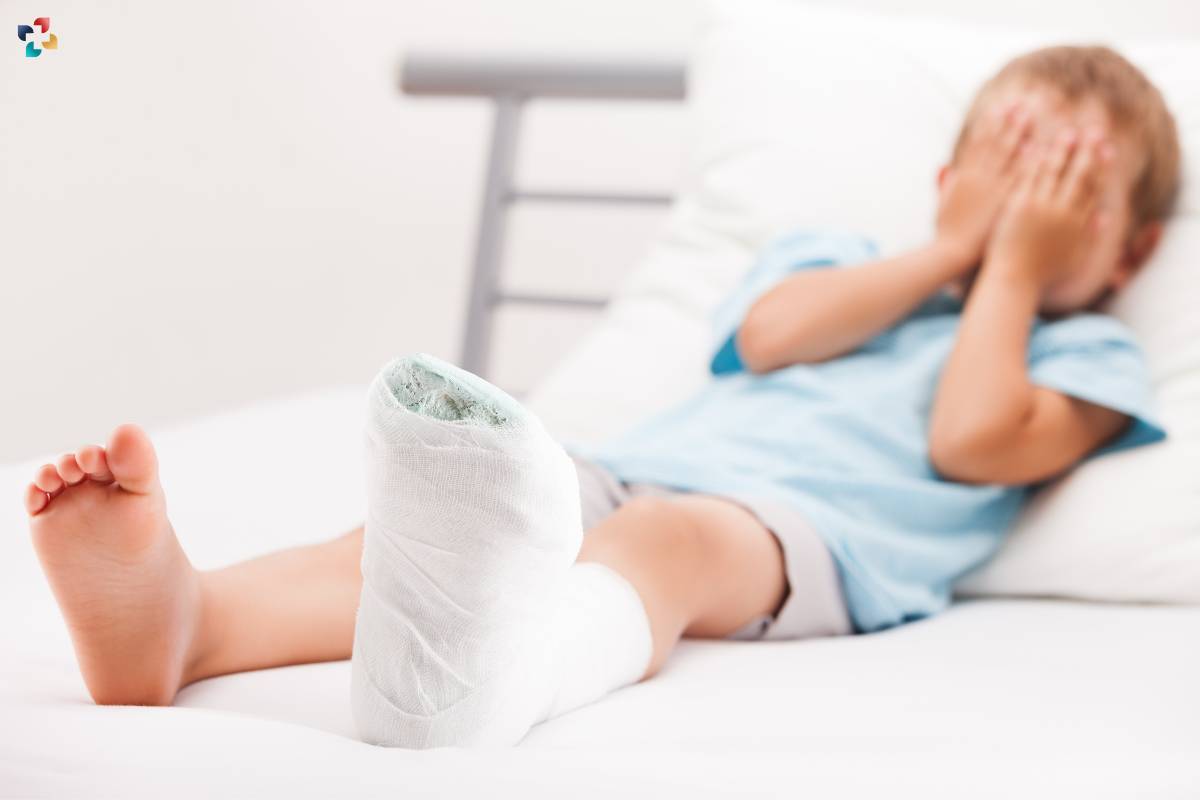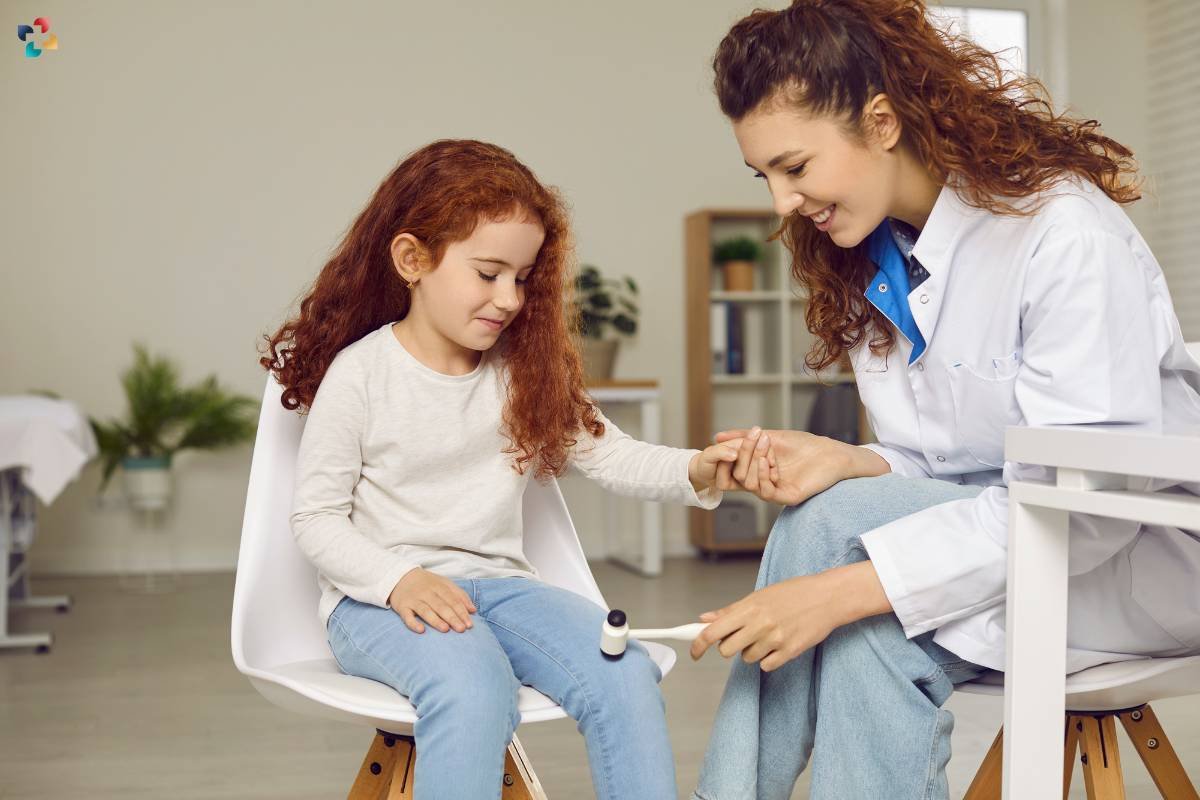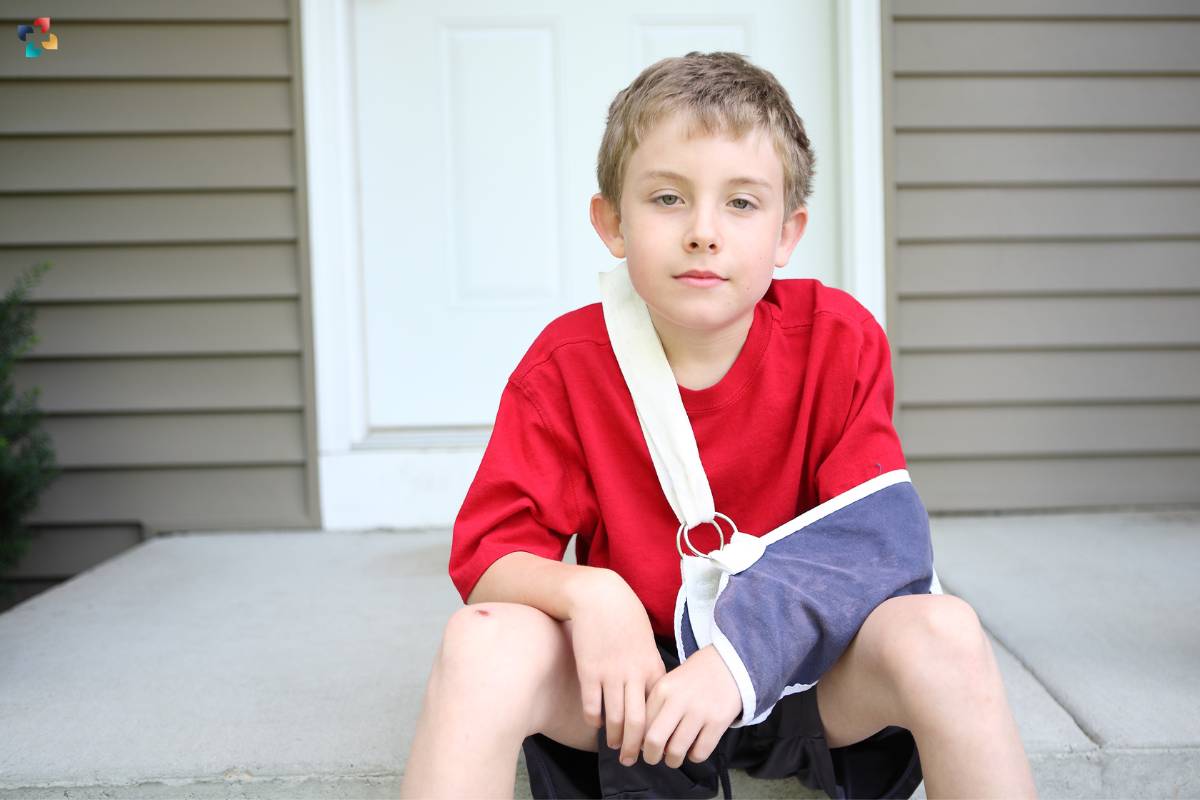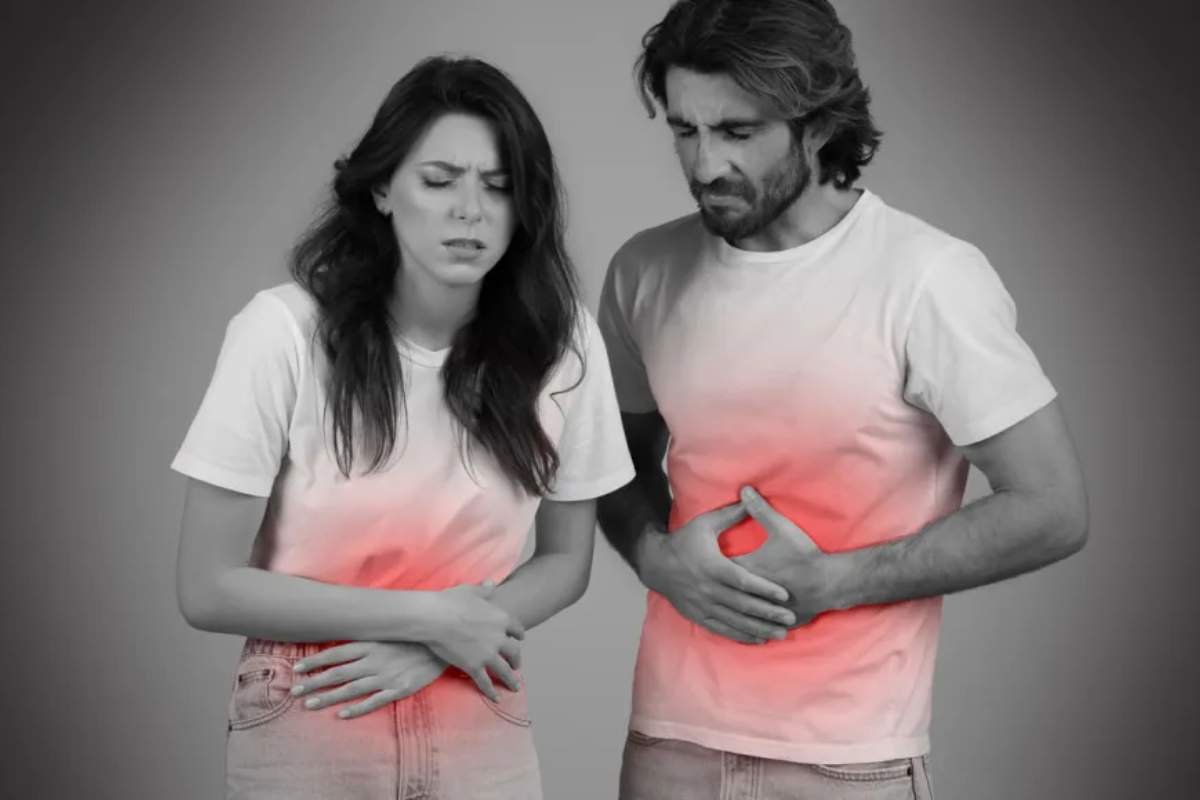Children are inherently lively and inquisitive individuals who are always observing their environment and participating in physical activities. Although this is a necessary component of their development and growth, it also increases their risk of accidents, such as fractured bones. It’s critical to identify the symptoms of a broken bone in children in order to protect their well-being. This post will go over how to recognize a fractured bone in your child and what to do if you think they may have been hurt.
Understand the Risk
First and foremost, it’s important to understand that children are more susceptible to broken bones due to their developing bodies and adventurous nature. Their bones are still growing and, in many cases, not as dense as those of adults, making them more vulnerable to fractures. Common activities like playing sports, riding bikes, or simply roughhousing with friends can lead to accidents that result in broken bones.
Signs of a Broken Bone
Recognizing the signs of a broken bone is the first step in assessing your child’s condition. While not all fractures are immediately obvious, here are some key signs to look out for:
1. Pain and Swelling
Your child may experience sudden and intense pain at the site of the injury. Swelling and bruising are also common around the affected area.
2. Deformity
If the bone is visibly out of place or there is an unnatural bend in the limb, this is a clear indicator of a broken bone.
3. Limited Mobility

A broken bone often impairs the affected limb’s range of motion. Your child may be unable to move it normally or might avoid using it entirely.
4. Pain with Touch
When you gently touch or press the area around the suspected fracture, your child may experience significant pain and discomfort.
5. A Grinding Sound or Feeling
In some cases, you may hear or feel a grinding sensation when the broken ends of the bone move against each other. This is a rare but telltale sign.
Different Types of Fractures
Broken bones can manifest in various ways, and understanding these differences can help you identify and describe the injury to medical professionals. The most common types of fractures in children include:
1. Greenstick Fracture
This type of fracture is most common in children due to their softer, more flexible bones. In a greenstick fracture, the bone cracks but doesn’t break completely, similar to how a green stick might splinter.
2. Transverse Fracture
A transverse fracture occurs when the bone breaks in a straight line across its width. These are often the result of a direct blow to the bone.
3. Oblique Fracture
In an oblique fracture, the bone breaks diagonally, creating an angled line across the bone. This type of fracture can happen when the bone is subjected to a twisting force.
4. Spiral Fracture
A spiral fracture occurs when the bone is twisted forcefully, leading to a corkscrew or spiral-shaped break.
5. Comminuted Fracture
This type of fracture involves the bone breaking into multiple pieces. It is often caused by high-impact injuries and can be more challenging to treat.
Assessing the Situation
Once you suspect a broken bone, it’s essential to remain calm and take the following steps to assess the situation:

- Keep Your Child Calm: Encourage your child to stay as still as possible and avoid moving the affected limb. Reducing movement can help minimize further injury.
- Call for Medical Help: Contact emergency services or head to the nearest hospital if you’re unsure about the severity of the injury. A healthcare professional can provide the necessary care and assess the situation more accurately.
- Immobilize the Area: If you have some basic first aid knowledge, you can gently immobilize the affected limb using a splint or any available materials like boards, newspapers, or clothing to prevent further movement.
First Aid for Broken Bones
While it’s essential to get professional medical attention for a suspected broken bone, there are some immediate first-aid steps you can take:
- Ice: Apply an ice pack to the injured area to reduce swelling and alleviate pain. Be sure to wrap the ice pack in a cloth to prevent direct contact with the skin, as extreme cold can cause frostbite.
- Elevate: If the injury is on a limb, gently elevate it to minimize swelling. This can be achieved by propping the limb up with pillows or cushions.
- Over-the-counter pain Medication: If your child is in pain and it is safe to do so, you can provide over-the-counter pain medication as per the recommended dosage for their age and weight.
Diagnosis and Treatment
Once you’ve sought medical attention, the healthcare professional will conduct a thorough examination, which may include X-rays to determine the extent and type of fracture. The treatment plan will depend on the specific injury but may involve:
- Reduction: In some cases, the broken bone may need to be manually realigned or “reduced” before casting or splinting.
- Casting or Splinting: To immobilize the bone and promote healing, a cast or splint will be applied. The type of cast or splint used will depend on the location and severity of the fracture.
- Surgery: Severe fractures may require surgical intervention to realign and stabilize the bone with the use of pins, screws, or plates.
- Follow-up Care: After the initial treatment, your child will need regular follow-up appointments to monitor the healing process and make any necessary adjustments to the cast or splint.
Preventing Broken Bones
While accidents can happen, there are steps you can take to reduce the risk of your child experiencing a broken bone:

- Safety Gear: Ensure your child wears appropriate safety gear, such as helmets, pads, and mouthguards, when engaging in sports or activities with a risk of injury.
- Supervision: Supervise younger children during playtime and set age-appropriate boundaries to minimize risks.
- Home Safety: Childproof your home to prevent common accidents, such as falls down stairs or from furniture.
- Teach Safety: Educate your child about the importance of safety and responsible play, emphasizing the need to be cautious during physical activities.
- Stay Active: Encourage physical activity to build stronger bones and muscles. Regular exercise can improve bone density and overall health.
Conclusion
Accidents and injuries are an unacceptable but unavoidable aspect of being a parent. Being able to recognize the warning indications of a fractured bone in your child is an essential ability that will help to ensure their safety. Your child can heal and go on exploring their environment with confidence if you stay watchful, follow safety precautions, and get quick medical assistance when needed. After all, they will be in good hands. Keep in mind that when thinking about the risk of an accident and acting quickly to handle it, the broken bone is crucial.
Also Read: 5 Tips to Maintain Your Bone Density











